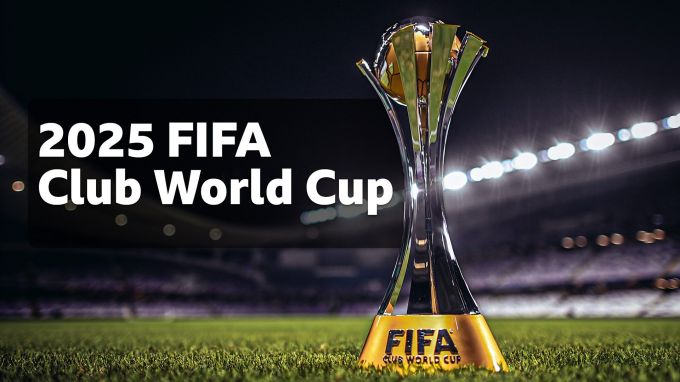Why the 2025 FIFA Club World Cup Could Redefine Global Club Rankings

Introduction: A New Era for Club Football
The 2025 FIFA Club World Cup is not just another tournament—it marks a revolutionary shift in the global football landscape. With an expanded 32-team format, revamped scheduling, and a truly international representation, this competition is poised to challenge long-standing perceptions of club dominance. As teams from every continent go head-to-head in a World Cup-style format, global club rankings may be in for a dramatic reshuffle.
A 32-Team Format That Levels the Playing Field
For the first time, the Club World Cup mirrors the international FIFA World Cup structure. With teams from Asia, Africa, North America, South America, Europe, and Oceania included, this tournament presents an unprecedented chance for clubs outside Europe to prove their mettle on the world stage.
This new format means that elite European clubs such as Real Madrid, Manchester City, and Bayern Munich will face serious competition from the likes of Palmeiras, Al-Ain, Urawa Red Diamonds, and Club León—teams that rarely get the global spotlight but dominate in their home regions.
Exposure for Underrated Teams
The expanded Club World Cup offers a major platform for clubs that typically don't get the same international exposure. Strong performances from teams outside Europe could reshape how fans and analysts evaluate global football quality. A semi-final appearance by a club from Asia or Africa, for instance, would shake up the current rankings that are heavily biased toward UEFA competitions.
Tactical Diversity and New Challenges
Unlike the UEFA Champions League, where teams are familiar with each other’s playing styles, the Club World Cup introduces tactical diversity. Clubs must quickly adapt to different formations, styles of play, and climates. This will be a real test of adaptability and squad depth, two factors that are often overlooked in traditional rankings.
Ranking Systems Will Be Forced to Adjust
Current club rankings, like UEFA’s coefficient-based system or the FiveThirtyEight Global Club Soccer Rankings, heavily weigh performances in regional competitions. But a FIFA-endorsed, large-scale tournament with cross-continental matchups and knockout drama will demand more global metrics. If a CONCACAF or CAF club outperforms top European sides, ranking systems will need to account for those results.
Commercial and Media Influence on Rankings
A club's global popularity is increasingly influenced by its performance on the world stage. Media coverage of the 2025 Club World Cup is set to reach record levels, especially with streaming platforms like FIFA+ and broadcasters investing in the event. As these matches gain more visibility, clubs who perform well will likely climb not just analytical rankings, but also commercial and fan-driven lists.
Conclusion: The Global Game Gets a New Scorecard
The 2025 FIFA Club World Cup is more than just a trophy pursuit—it's a redefining moment in how the world evaluates club football. With top teams from every region colliding in a high-stakes, widely viewed tournament, global club rankings may no longer revolve solely around European achievements. For clubs, analysts, and fans alike, this tournament is a new chapter—and it could rewrite the entire hierarchy of world Football Streams.



.jpg)














